If you ever saw the phrases “ACH deposit” or “ACH credit” in the description line of a banking transaction, you might have wondered what these terms mean. These phrases refer to the Automated Clearing House (ACH) system, which most banks and financial institutions use to safely transfer money electronically.
To better understand this transaction system, here’s everything you need to know about ACH deposits and payments, including how they work and the types you might encounter.
What is ACH and how do ACH payments work?
ACH is an electronic system that the banking industry uses to complete digital money transfers between bank accounts. When your employer deposits your paycheck directly into your bank account or you get an electronic tax refund instead of a paper check, those are usually ACH deposits. You may have also sent an ACH payment if you ever paid a bill using your banking details.
The ACH network uses a batch system to complete transfer requests from banks, meaning they process these electronic payments in groups — usually in specific time windows throughout the business day. Having multiple processing times each day instead of only one time per day helps make the payment process faster and more reliable.
Banks and other financial institutions that use ACH transfers are part of the ACH network, which the National Automated Clearing House Association (NACHA) runs. This non-profit organization oversees the use of the ACH network in the United States.
Types of ACH payments
The ACH network supports two types of transactions: deposits and payments.
- ACH direct deposits. These transactions go directly into your bank account as a credit. Common examples include wage deposits, pension payments, and refund payments from retailers.
- ACH direct payments. If you use your bank account to make an online payment, whether to a business or someone else with a bank account, that’s an ACH direct payment. The payment is debited or withdrawn from the bank account when authorization is received. These are common for recurring electronic bill payments like utility bills, mortgage payments, or subscription services.
Since each ACH transaction has a sender and a recipient, the type you use depends on which side of the transaction you land on. If you’re the sender, you’re making a payment; if you’re the recipient, you’re receiving a deposit.
How do ACH direct deposits work?
Here’s a breakdown of how the ACH direct deposit process works:
1. Initiation. A payer, like an employer or business, submits a transfer request to their bank with the intended amount and the recipient’s banking details.
2. Processing. The payer’s bank sends the request to the ACH network to electronically transfer the funds between the accounts.
3. Deposit. The ACH network sends the funds to the recipient’s bank, and the bank adds the funds to the recipient’s account.
This entire process typically takes 1-2 business days, making it a reliable method for timely payments.
ODFI and RDFI: What are they?
While the ACH network acts as the middleman in all ACH transfers, there are two main parties that make these transfers happen: the Originating Depository Financial Institution (ODFI) and the Receiving Depository Financial Institution (RDFI).
- ODFI. This is the institution that kicks off the funds transfer once one of their customers makes a request. The ODFI is responsible for securely gathering the recipient’s banking data, confirming authorization of the fund transfer, and sending the transfer instructions to the ACH Network. Any institution that acts as an ODFI must be part of the NACHA and approved to originate and receive ACH transfers.
- RDFI. The RDFI is responsible for verifying the incoming transaction, making sure it matches the original instructions, and crediting the money to the correct bank account. Not all RDFIs must also be ODFIs. While they must be NACHA-approved to accept ACH transfers, banks can choose to only serve as receiving banks and not act as originating banks or facilitate ACH payments.
Benefits and downsides of using ACH for payments
ACH payments offer a convenient and safe way to transfer money, but they also have their limits. Here are some of the pros and cons to consider if you plan to make an ACH transfer:
Benefits
- Efficiency and speed. Banks can process ACH transactions within 1 to 2 business days, making them faster than traditional check payments, which can take up to 5 days to process.
- Cost-effectiveness. The fees for sending ACH payments are generally lower ($0-$5 on average) than other electronic payment methods, like wire transfers ($15-$50 on average), making them a more economical option for individuals and businesses that need to send funds.
- Enhanced security. The ACH network follows strict regulatory rules to keep consumers safe. It also uses strong security measures for electronic transactions, like encryption and fraud detection systems.
- Streamlined operations. Businesses can set up automated ACH payments, which can simplify business operations.
- Eco-friendly. By skipping the paper check, ACH payments offer a more environmentally friendly transfer option.
Drawbacks
- Transaction limits. Some banks and financial institutions set limits for the amount that individuals or businesses can transfer via ACH, which might not suit all transaction needs.
- Processing delays. While generally efficient, ACH transactions can experience delays, particularly outside business hours or during bank holidays.
- Error resolution time. In cases of transaction errors or disputes, the time it takes to resolve issues is sometimes longer than other payment forms. Requirement for bank details. To initiate an ACH payment, you must provide the sender and recipient’s bank account details, which might not always be convenient or preferred by all parties.
- Potential for overdrafts. Automatic ACH payments could lead to overdrafts if the sender doesn’t carefully monitor them, leading to overdraft fees.
FAQ section
Q: What do you need to make an ACH transfer?
A: To initiate an ACH transfer, the ODFI needs the recipient's bank name, account number, routing number, and account type. They also need authorization from the payee to process the payment.
Q: How long does an ACH deposit take?
A: ACH deposits typically take 1 to 2 business days to process, but timing can vary based on the transaction's initiation time and banking holidays.
Q: What’s the difference between a wire transfer and an ACH transfer?
A: Wire transfers are faster and often completed within the same day, but they come with higher fees. They also require initiation from the sender every time. ACH transfers are more cost-effective and can be set up for a recurring frequency, like bill payments, but take a little longer to process.
Q: What’s the difference between ACH and Electronic Funds Transfer (EFT)?
A: ACH is a type of EFT focused on batch-processed transactions between banks. EFTs are a broad group of electronic payment methods that include ACH, wire transfers, and electronic checks.
Q: Can you reverse an ACH transaction?
A: Yes, under certain conditions, like in the event of an error, you can reverse ACH transactions within a specified time frame, typically 5 business days.
Optimize your financial flow with EarnIn
Whether you rely on consistent direct deposits or need to transfer money securely, knowing how ACH transfers work can give you peace of mind about the process. And in moments when your deposits are late or you need quick access to your money, EarnIn can help.
Our Cash Out tool is especially powerful, letting you access your pay as you work instead of days or weeks later. You can get up to $100 a day and up to $750 every pay period with no credit checks, no interest, and no mandatory fees. EarnIn not only acts as a safety net for unforeseen emergencies or urgent expenses — it’s also great for timing your everyday expenses, giving you the flexibility you need to take on challenges and reach your goals.
With our innovative app, you get the flexibility to meet your cash needs on demand and access to a deep well of resources to help you stay informed and empowered with your money. If you’re looking for a powerful, user-friendly financial tool with mobile access, advanced security, and 24/7 support, download the EarnIn app today.
You may enjoy
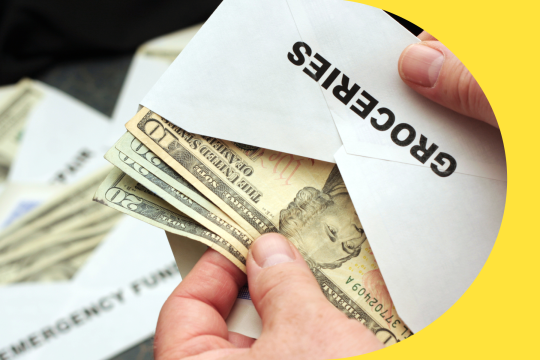

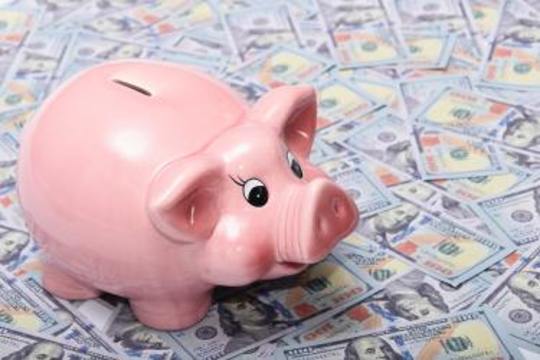
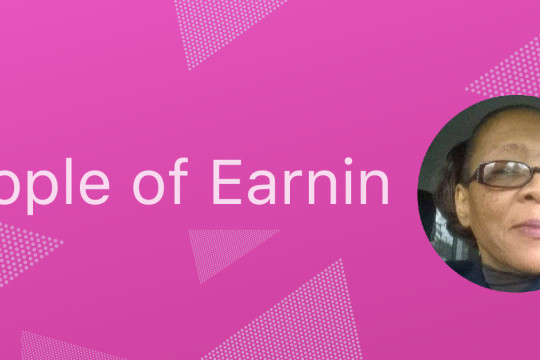






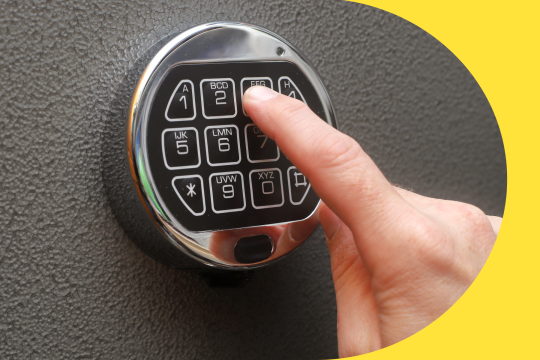
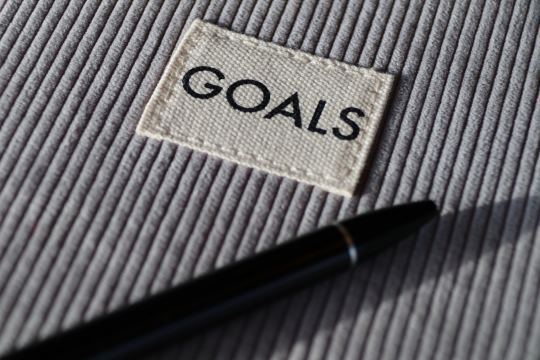
EarnIn is a financial technology company not a bank. Subject to your available earnings, Daily Max and Pay Period Max. EarnIn does not charge interest on Cash Outs. EarnIn does not charge hidden fees for use of its services. Restrictions and/or third party fees may apply. EarnIn services may not be available in all states. For more info visit earnin.com/TOS.






